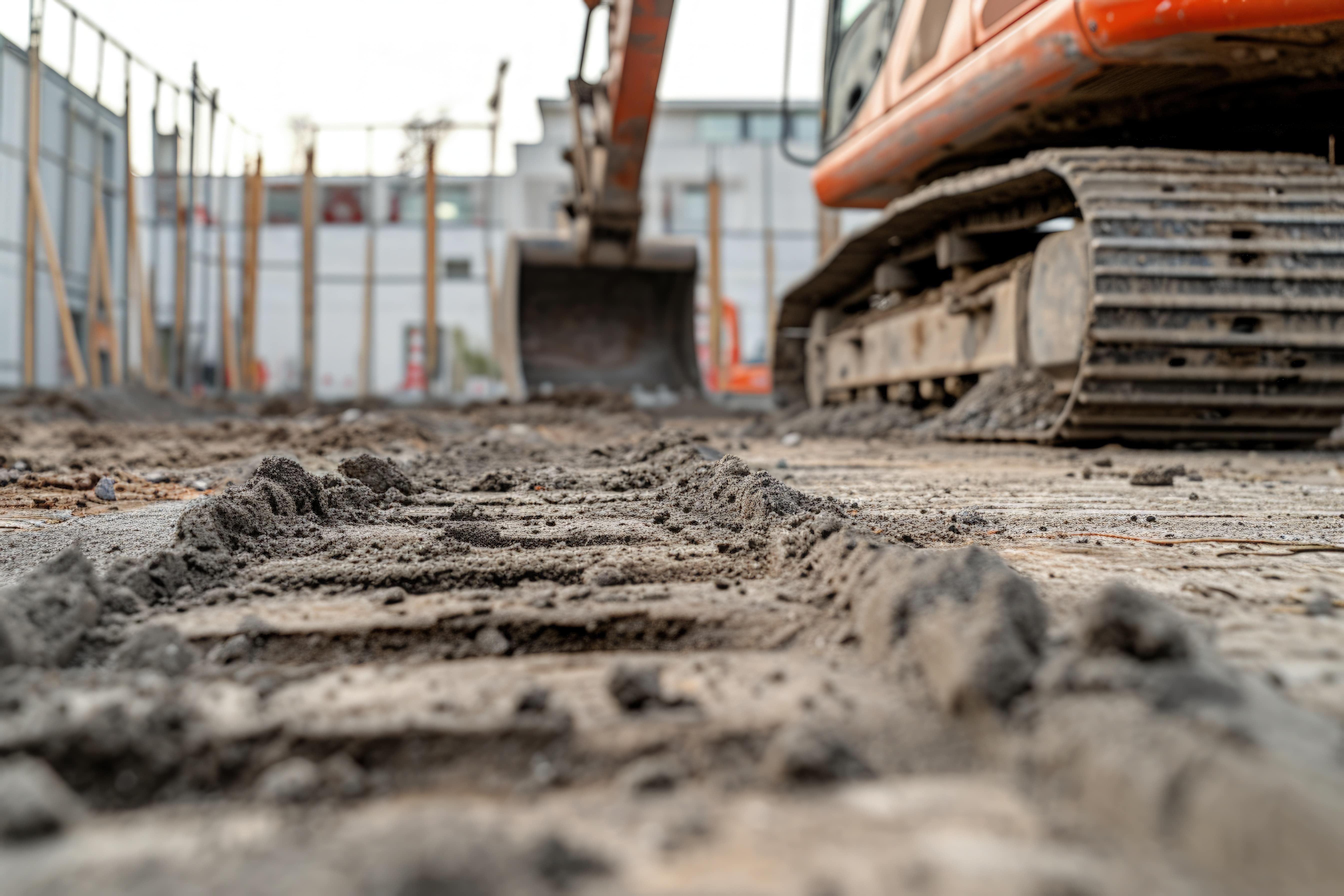Sustainable Demolition: How Contractors Are Reducing Waste and Recycling Materials
February 10, 2025

Find out how demolition contractors manage waste and recycle to achieve a sustainable business practice. Proper recycling reduces construction costs and also curbs the requirement for new resources. Old concrete buildings must be demolished at the end of their life term. Loss of structural integrity makes old buildings dangerous to live in. However, building demolition also impacts the environment. Dust, noise pollution, and vibration during demolition disrupt natural habitats nearby. The demolition industry is growing in the UK, which means more dust and pollution. A sustainable approach to demolition is necessary for the sake of the environment and society. Modern contractors use advanced machinery to reduce sound and dust pollution and achieve sustainability.
The Environmental Challenges of Traditional Demolition
Traditional demolition methods used large bulldozers, jackhammers, and other equipment that caused significant noise. Besides, if the building contained hazardous materials like asbestos or harmful chemicals, they would go undetected after demolition, increasing environmental impact. These waste materials would end up in landfills, where harmful elements get mixed with the soil. If the waste materials included harmful chemicals, it would contaminate the land and surrounding groundwater sources. The construction industry generates 62% of the total waste, and 32% of the construction waste goes to landfill. Now you understand how important it is to practice sustainable demolition in the UK.
Key Principles of Sustainable Demolition
When demolition is done in a way that does not harm the environment, it is called sustainable demolition. Its primary purpose is to reduce environmental harm and ensure living beings' safety. To achieve a sustainable demolition process, contractors focus more on deconstruction than demolition. Deconstruction is a step-wise demolition process. First, hazardous and non-structural elements from the building are removed, and then concrete parts are salvaged for reuse. This ensures the safety and reuse of old building materials. The process is also in compliance with British waste management regulations. Hazardous materials can be removed separately from the waste materials, and waste concrete can be safely recycled through a sustainable demolition process.
Recycling and Reusing Demolition Materials
When it comes to recycling, you have ample opportunities in building demolitions. You can salvage wood from old windows and doors or reuse glass from windows. Besides, the bricks used in the construction can be reused during the subsequent construction phase. You can crush demolished concrete and use it as aggregate. When installing new piles, you can use crushed aggregates as their base. You can also use them as a base for a new driveway and many other things. The metal part of the building, such as the railing of stairs or reinforced steel, can be sold to those who need it for their new buildings. Otherwise, they can be sold as scrap material.
Innovative Techniques and Technologies in Sustainable Demolition
Modern demolition contractors use excavators, dust suppression machines, concrete crushers, and other equipment for sustainable demolition. If your demolition contractor uses these machines properly, you can complete the demolition work sustainably. Your demolition contractor may often use Building Information Modelling (BIM), which uses 3D technology to make better demolition decisions. The model helps contractors collect information about the building, which they can use to manage construction waste during demolition work better. Separating on-site waste and carrying it to the demolition site is also helpful. Separating asbestos, brick, rods, and concrete is also valuable for properly managing construction waste. Modern demolition contractors also use small mobile recycling units to salvage materials from construction waste.
Benefits of Sustainable Demolition
Sustainable demolition helps reduce environmental impacts and carbon footprints. Want to know how? When old materials are reused, the demand for new resources decreases, as do carbon emissions from producing new resources. Besides, you get to save a hefty amount of money by reusing materials and paying fees for landfill. In the UK, you must pay for waste removal, so the less you waste, the more you benefit. When you and your demolition contractor collaboratively manage construction waste sustainably, you contribute to a circular economy focusing on Reducing, Reusing, and Recycling.
Conclusion
In conclusion, a sustainable demolition approach impacts our future. You can aim to build a greener environment without harming nature. If you are completing a demolition project, communicate with your contractor to adopt a sustainable approach. Eco-friendly demolition strategies help protect the environment. When you practice a sustainable approach in demolition, you contribute to a better and greener future. Contact Demolition Contractor London today to demolish your old building sustainably.
Recent Blogs
- On-site Concrete Crushing: A Sustainable Way to Manage Concrete Waste
- What Is Hydrodemolition and Why Is It Gaining Popularity in the UK?
- Why You Need an Asbestos Survey Before Demolishing a Building in the UK
- Managing Noise and Dust: Environmental Considerations in Demolition
- Top 7 Signs to Know It's Time to Demolish Your Old Building